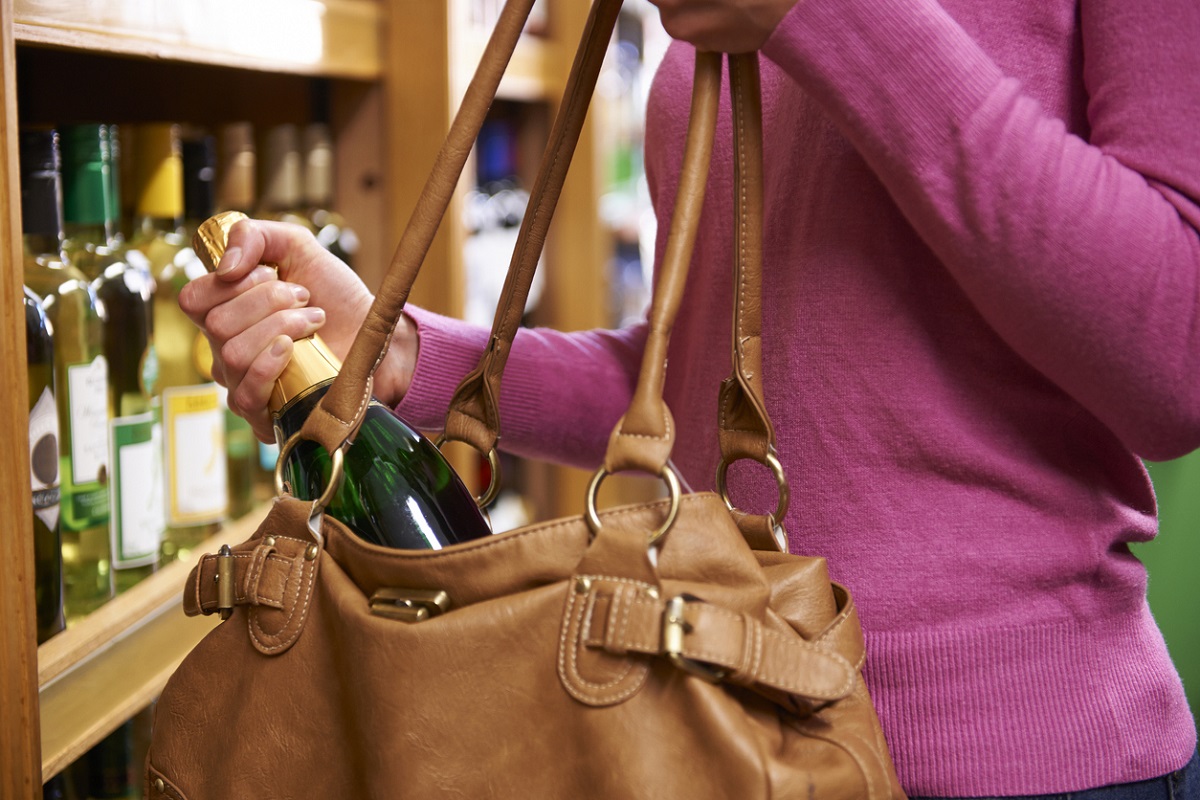Retail theft has returned to pre-pandemic levels, increasing 47.5 per cent year-on-year since October 2021 to June 2023, according to the Bureau of Crime Statistics and Research (BOCSAR).
In its latest report on the rising cost of retail theft, BOCSAR points to the return to pre-pandemic levels suggesting this is more a return to previous offending levels rather than the trend being caused by external factors such as the rising cost of living.
The BOCSAR Report, The rising cost of retail theft? Trends in steal from retail to June 2023, states that the most frequently reported stolen item in retail theft is liquor, including Bourbon, whiskey and vodka stolen in 37 per cent of incidents. As you would expect from that statistic, the locations recording the biggest increase in “steal from retail incidents over the past five years” are licenced premises and general wholesalers.
In highlighting the scale of the issues facing retailers over theft, the report states: “With the onset of the COVID-19 pandemic in early 2020 the incidence of many property crimes fell significantly, but none fell more than retail theft.
“Within six weeks of the commencement of the first NSW lockdown in March 2020, incidents of retail theft reported to police had fallen 55 per cent, more than any other property crime relative to the forecast.
“Since the removal of most major pandemic related restrictions in late 2021, recorded incidents of retail theft have begun to increase. As with the decline, the recovery in retail theft offences has also been faster than for many other property crimes. In the last 12 months to June 2023, recorded incidents of retail theft rose 48 per cent on the previous year.”
In terms of locations in NSW that are showing the biggest increases in retail theft, BOCSAR said that of the state’s 28 statistical areas, only eight recorded notably more retail theft incidents in 2022/23 than in 2018/19.
These were Inner South West (up 36 per cent or 329 additional incidents), Eastern Suburbs (up 34 per cent or 296 additional incidents), Parramatta (up 18 per cent or 240 additional incidents), Blacktown (up eight per cent or 109 additional incidents), Outer West and Blue Mountains (up four per cent or 41 additional incidents), Illawarra (up eight per cent or 94 additional incidents), Mid North Coast (up six per cent or 41 additional incidents) and Richmond-Tweed (five per cent or 27 additional incidents).
BOCSAR said because so few statistical areas are showing marked increases in retail theft in 2022/23 relative to 2018/19 there is no support for the cost-of-living crisis driving an increase in this offence.
Unfortunately for our industry, liquor was the most frequently reported stolen item in retail theft incidents in both 2018/19 and 2022/23. Liquor was recorded as being stolen in 37 per cent of retail theft incidents in 2022/23 and this has increased in the past five years (up 422 incidents).
Not surprisingly this does put licensed premises close to the top of the most common premises to incur retail theft, just behind supermarkets. But disturbingly, the number of reported incidents of retail theft from licensed premises has increased by 13 per cent since 2018/19, second only to general wholesalers.
BOCSAR also looked at who is committing retail theft, with almost half of all reported retail thefts resulting in legal proceedings within 90 days – highlighting the importance of reporting theft from your store. While it doesn’t break down who stole what, the report states that “in 2022/23, females accounted for approximately 41 per cent of retail theft offenders. This is markedly higher than what we see in the general theft population (28 per cent of offenders). Amongst offences where NSW Police legally proceeded against an offender, adults also made up the biggest group of retail theft offenders with 47 per cent of offenders aged between 30 and 49 years”.
The report concludes that because many retailers may perceive that, on balance, the costs of reporting outweigh the benefits, this can create difficulties for BOCSAR to accurately assess the level of theft experienced by retailers.
BOCSAR added: “Drawing on what is reported to NSW Police, the findings of this report suggest that the recent increase in retail theft is more likely to be a recovery from COVID-19 related crime falls.
“While rising cost of living pressures and organised crime involvement may be playing a part in how quickly retail theft volumes rebounded, this paper does not find evidence to suggest these factors have driven retail theft above what was occurring prior to the pandemic.”

